the Paulician movement in Armenia
Carahunge Armenia's Stone Henge




---------------
Side note : the immigration Pattern can be interpreted as the two poles of a magnet


did i mention the mountains of the Pyrenees are close by 
Carahunge Armenia's Stone Henge
In the mountains of nowadays Armenia (in the south, close to town Goris), the first observatory Carahunge (Car-means stone, hunge-means voice, sound) was created. It has a history of 7.500 years and scientists believe, that there is a tight connection between the observatory in Armenia and Stonehenge in Britain, since the latter is much younger (about 4000 years) and the name itself is similar to the Armenian name and the second half of the name (hange) does not really mean anything in English.


This Prehistoric Monument consisting of hundreds of Standing Stones on a territorial area of approximately 7 hectares.
Many of these stones have smooth angled holes of 4 to 5cm in diameter, the angles of the holes being directed at different points on the horizon and outer space. The age of Carahunge has been estimated to be 7500 years or older (VI millennium BC). This was accurately ascertained by taking readings of the motion of the Sun, Moon and stars, using four independent astronomical methods based on the laws of the changes of the Earth’s axis precession and incline.
Many of these stones have smooth angled holes of 4 to 5cm in diameter, the angles of the holes being directed at different points on the horizon and outer space. The age of Carahunge has been estimated to be 7500 years or older (VI millennium BC). This was accurately ascertained by taking readings of the motion of the Sun, Moon and stars, using four independent astronomical methods based on the laws of the changes of the Earth’s axis precession and incline.


---------------
Side note : the immigration Pattern can be interpreted as the two poles of a magnet



Paulicians (Armenian: Պաւլիկեաններ, also remembered as Pavlikians or Paulikianoi[1]) were a Christian Adoptionist sect and militarized revolt movement, also accused by medieval sources as Gnostic and quasi Manichaean Christian. They flourished between 650 and 872 in Armenia and the Eastern Themes of the Byzantine Empire.
Though the term "Cathar" has been used for centuries to identify the movement, whether the movement identified itself with this name is debatable.[2][3] In Cathar texts, the terms "Good Men" (Bons Hommes) or "Good Christians" are the common terms of self-identification.


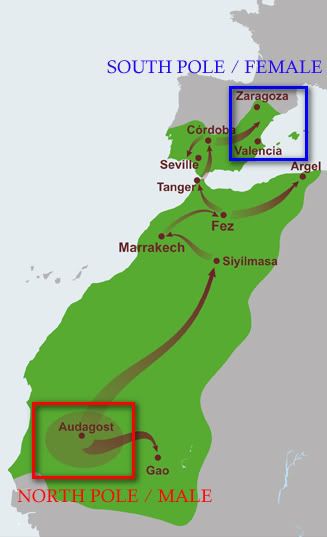
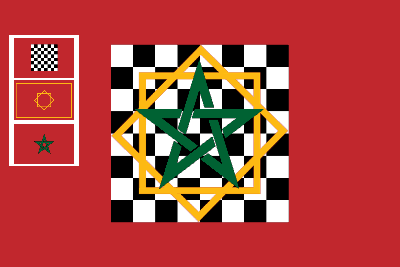
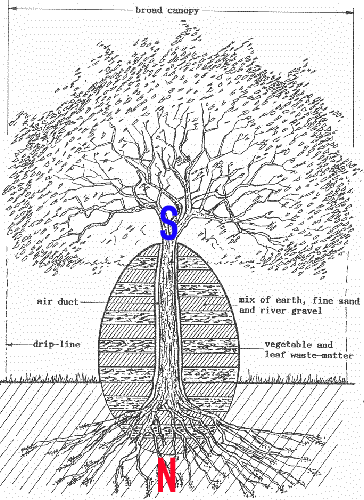








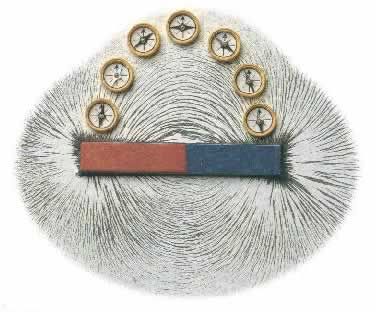

 )
)



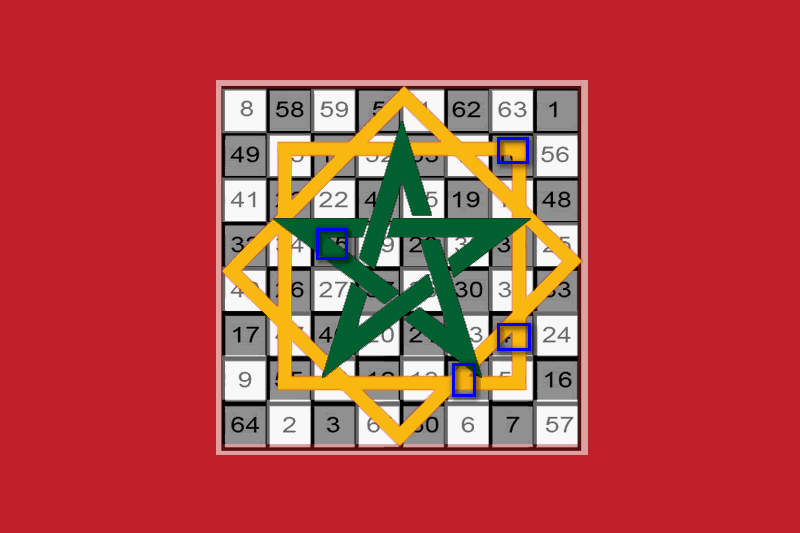









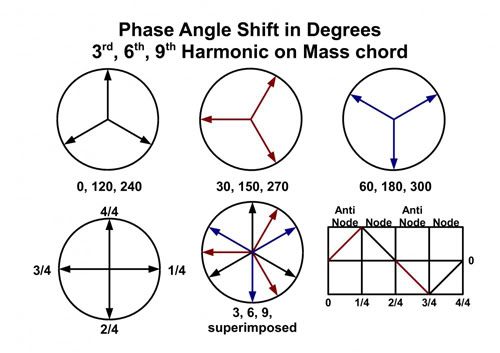


Comment